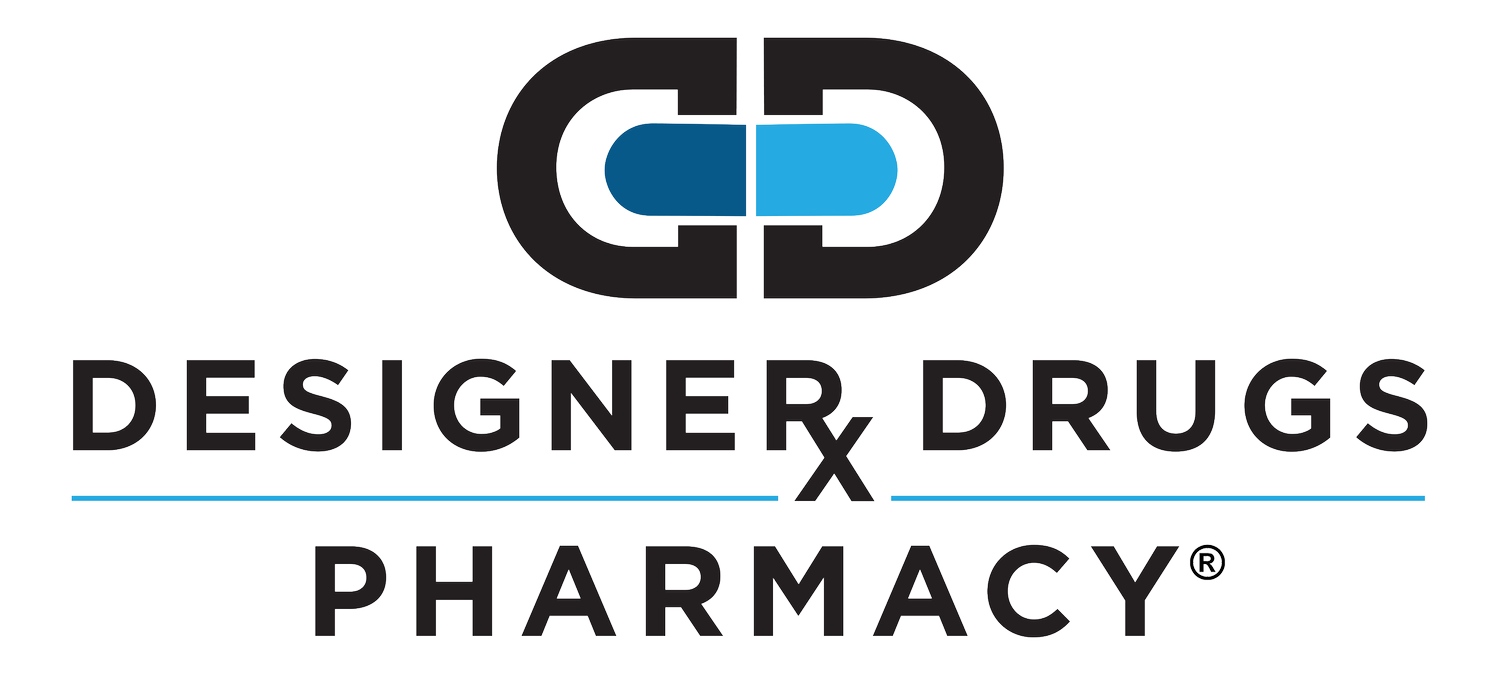7 Key Nutrients Vital for Detoxification
While there are certainly more than 7 vital nutrients and phytonutrients essential for effective detoxification, I had to draw the line somewhere for this blog to not read like scientific literature. My main point, and the one I think is most misunderstood, is that detoxification takes nutritional support. It takes cellular energy to detoxify, and you get this energy from nutrition. Water fasts are popular, and while more severe calorie restriction has some beneficial effects on apoptosis, or programmed cellular death, it is not effective for true intra and extracellular detoxification. In fact, calorie restriction, or water fasts, often cause a stall between phase I and phase II detoxification, and therefore halts the body’s detoxification process in a state of reactive species or free radical generation, before these reactive molecules can be neutralized in Phase II. I will use Detoxification Phases I, II, and III in this post, if you need these defined, please read my previous post titled “3 Stages of Detoxification.”
Fiber. Fiber is necessary for Phase III of detoxification, or the elimination phase. My favorites are oat hull, apple, and if you can tolerate it, psyllium husk fiber. Fiber also promotes overall intestinal health, and aids to eliminate phase II conjugated toxins. There is even some evidence of fiber directly binding toxins and thereby preventing absorption.
Protein. Proteins are long chains of individual amino acids. There are several key amino acids that aid in Phase II toxin conjugation. For example, methionine and cysteine aid to generate sulfation and glutathione cofactors required for conjugation of Phase I toxins. Also, there are certain amino acids that are precursors to certain neurotransmitters depleted by heavy metals such as mercury. Our detoxification protocol includes pea protein isolate, rice protein concentrate, as well as the following amino acids: L-alanine, L-lysine, L-glutamine, DL-Methionine, N-Acetyl-Cysteine, Taurine, L-Tyrosine, and L-Arginine.
Super Oxide Dismutase (SOD). Cantaloupe melon is rich in multiple forms of SOD. SOD is an antioxidant enzyme present in most all cells exposed to oxygen. It neutralizes highly reactive free radicals generated as part of Phase I detoxification. Our detoxification system contains Dried Melon (Cucumis melo L.) and is standardized based on SOD concentration.
Glucosinolates. Cruciferous vegetables contain these sulfur-containing glycosides called glucosinolates. Two of the most potent glucosinolates are found in broccoli and watercress. These compounds boost the amount of Phase II enzymes, and therefore are able to speed up the process of turning the reactive phase I toxin product into a neutralized, water-soluble phase II product ready to be eliminated. Our detoxification system contains Broccoli (Brassica oleracea L. var italica) and watercress (Nasturtium officinale.)
Ellagic Acid. Ellagic acid is an antioxidant found in plant foods such as pomegranate. This amazing super food acid may even be effective at chelating toxic metal and promoting its excretion. Ellagic acid is a star in that it may enhance all 3 phases of detoxification, even direct binding to toxins such as common toxins found in air pollution and then promoting their excretion. Our recommended system contains whole fruit pomegranate (Prunica granatum L.).
As I mentioned earlier, the list goes on and on, however these are a few of the very most important nutrients and phytonutrients. I want to leave you understanding detoxification is more than weight loss, is more than fiber or olive oil or lemon juice. It is backed by science, functional nutrition, and biochemistry and toxicology. Let us make this simple for you! Stop by or call and schedule a supplement consultation if you would like to discuss your unique situation and how detoxification could help you to be the best version of yourself.
TANYA MANONI is a Chattanooga-native but earned her BS in chemistry and PharmD at the University of Utah. She brings with her years of experience in compounding and pharmacy corporate management. Tanya's professional interests include not only BHRT, women’s health, and dermatology, but also nutrition and fitness, in which she became interested while playing NCAA Division I college soccer. While living in Utah, Tanya earned her level 1 certification in avalanche search and rescue, and she continues to enjoy snowboarding, hiking, and mountain biking. She lives in Chattanooga with her husband and two kids, so you will find her running between soccer fields and dance studios in her free time.
